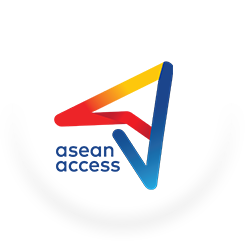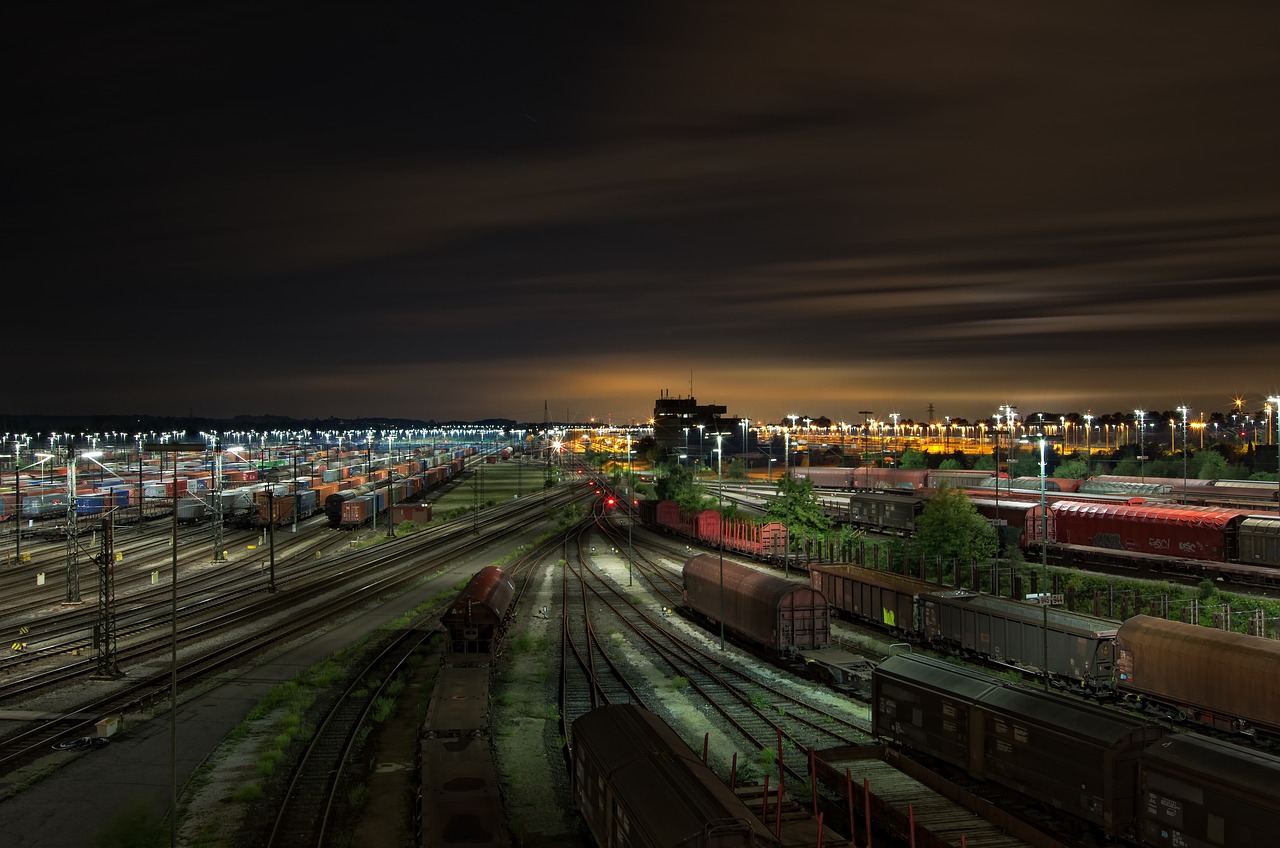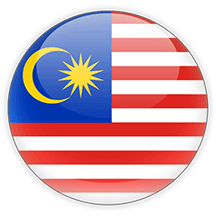KUALA LUMPUR: The Association of Southeast Asian Nations (ASEAN) is looking to improve economic growth and trade within the region through building better transportation and logistics networks.
This would also allow member states to insulate themselves from rising geopolitical and economic risks.
But the task ahead for the trading bloc remains challenging, as countries have to work on simplifying customs clearance and removing red tape, said observers.
REDUCING BUREAUCRACY
“Within ASEAN, we have done quite well,” said Malaysian Transport Minister Anthony Loke, highlighting the grouping’s open skies policy that increases regional connectivity.
For maritime, there are plans for the digitalisation of the region’s ports, so they can share information with each other and become more competitive, he added.
“The rail network (is also) important. There are missing links which have been rectified right now, especially between Laos and China.”
In June, the first ASEAN Express cargo rail service connecting Malaysia to China via Thailand and Laos was launched.
The journey is supposed to take just eight days but instead takes nearly two weeks due to gauge change and customs clearance at the borders.
In rail transport, track gauge refers to the distance between the two rails of a railway track. Several different track gauges exist worldwide, presenting a barrier to wider operation on rail networks.
This happens at the border between Thailand and Laos, as the latter's railway differs from Malaysia's and Thailand's. Each container box has to be lifted by cranes to a different track.
Mr Loke stressed that there is a need to reduce the bureaucracy.
“It's a win-win for everyone,” he said. “It is not just that taking down barriers only benefits one country, but it benefits the region as a whole.”
TAPPING EACH OTHER’S STRENGTHS
Thailand has said it is on board when it comes to improving connectivity between countries.
For instance, it is expanding to a double track rail network.
It is also pushing to build a land bridge in southern Thailand that connects the Andaman Sea with the Thai Gulf.
The flagship project, scheduled to be ready by 2028, aims to create a new international trade route and shorten travel time for vessels, said Thai Deputy Prime Minister and Transport Minister Suriya Juangroongruangkit.
There is currently "a lot of congestion" in the Malacca Straits, he noted. “We foresee that in the future, a lot of shipping lines will have to wait and queue. But if there is a land bridge, it can (be used as an alternative).”
But infrastructure alone is not enough, industry players noted.
“The key question now is, can they get it (to be) seamless, can they get it (to be) affordable?” said Westports’ executive chairman Ruben Emir Gnanalingam, who runs the largest listed port operator in Malaysia.
“Because otherwise you can't market it, you can't promote it as an option, because it's going to cost you more.”
Experts told CNA that Southeast Asian countries must get their act together so they can benefit from economic integration.
“When you look at ASEAN member states, yes, they are unified. Yes, (there is) ASEAN centrality. But they're often competing with each other,” said Mr Chris Humphrey, executive director of the Singapore-based EU-ASEAN Business Council.
“They're competing with each other for FDI (foreign direct investment) flows. They're competing with each other for trade. We need to make sure that rather than competing, we do play to each other's strengths.”
Source: Channel News Asia
Link: Here
December 11, 2024













